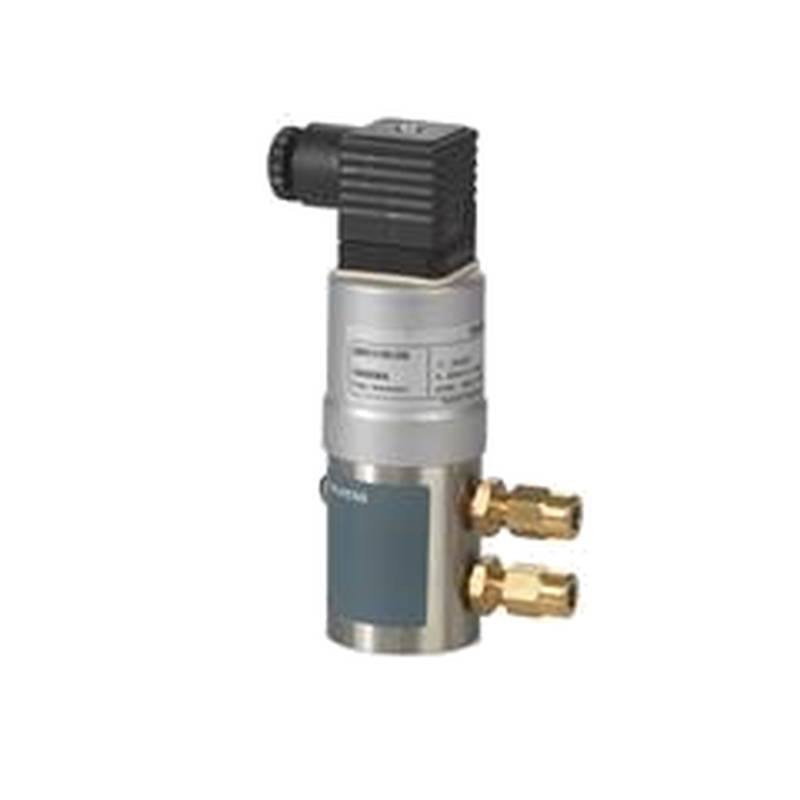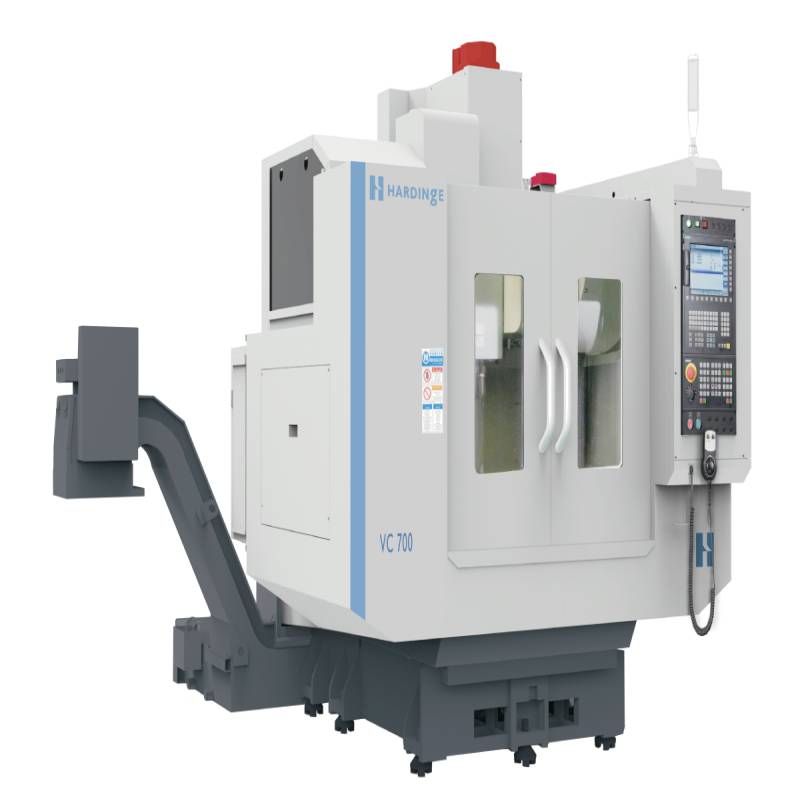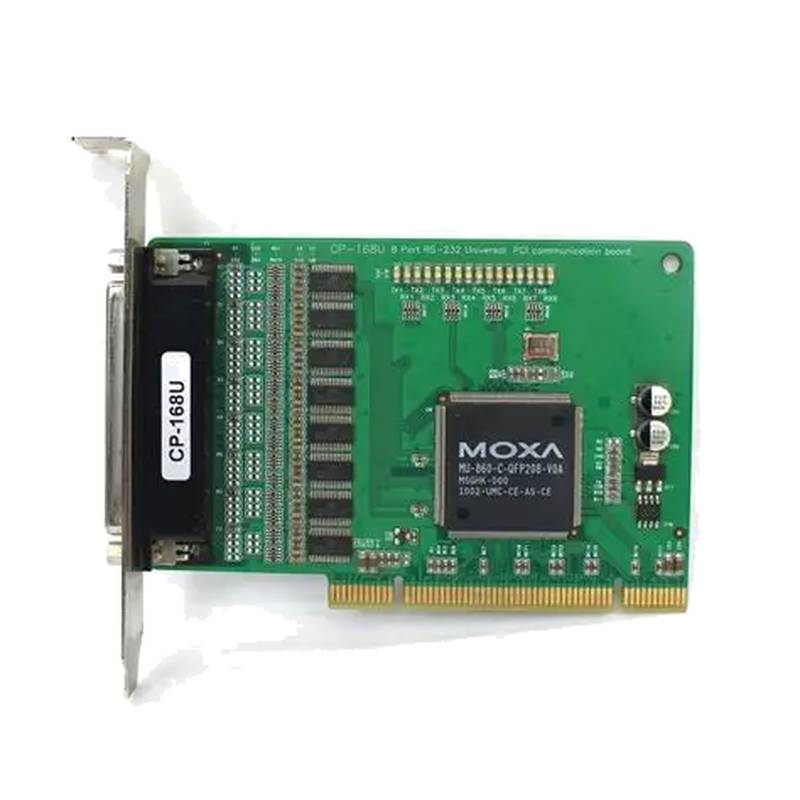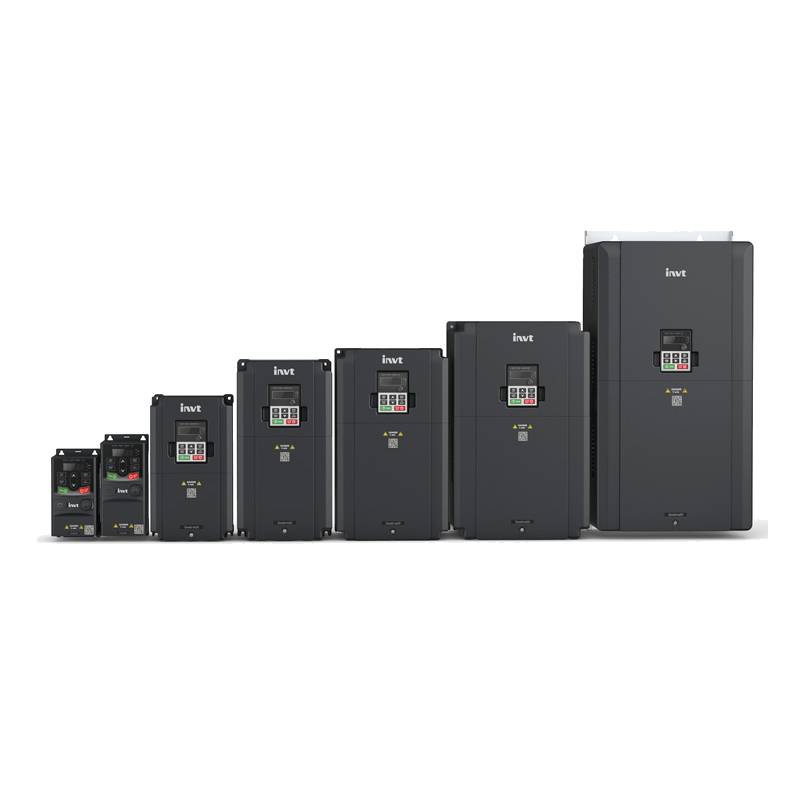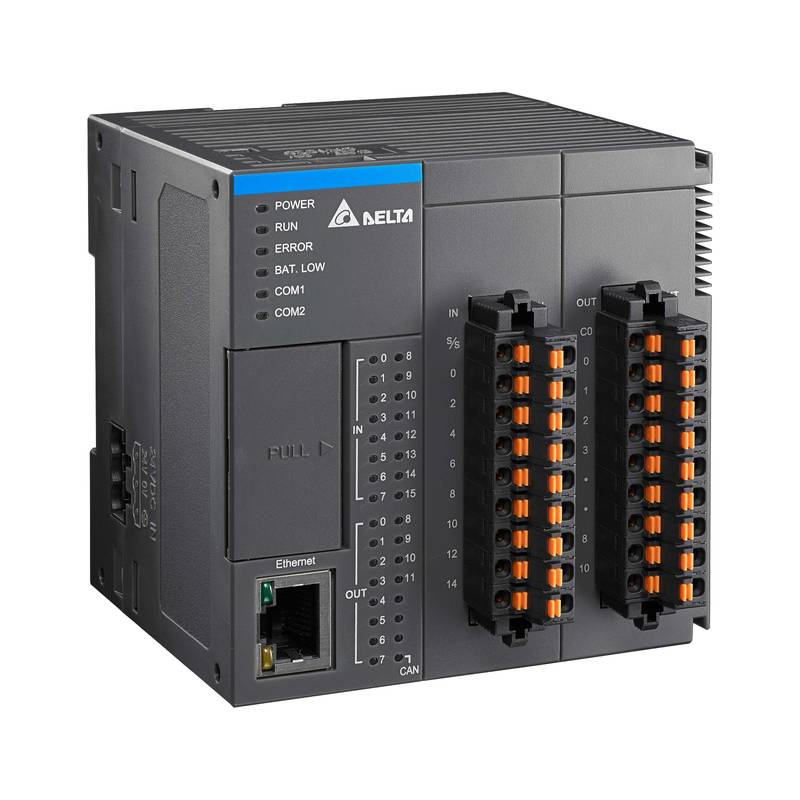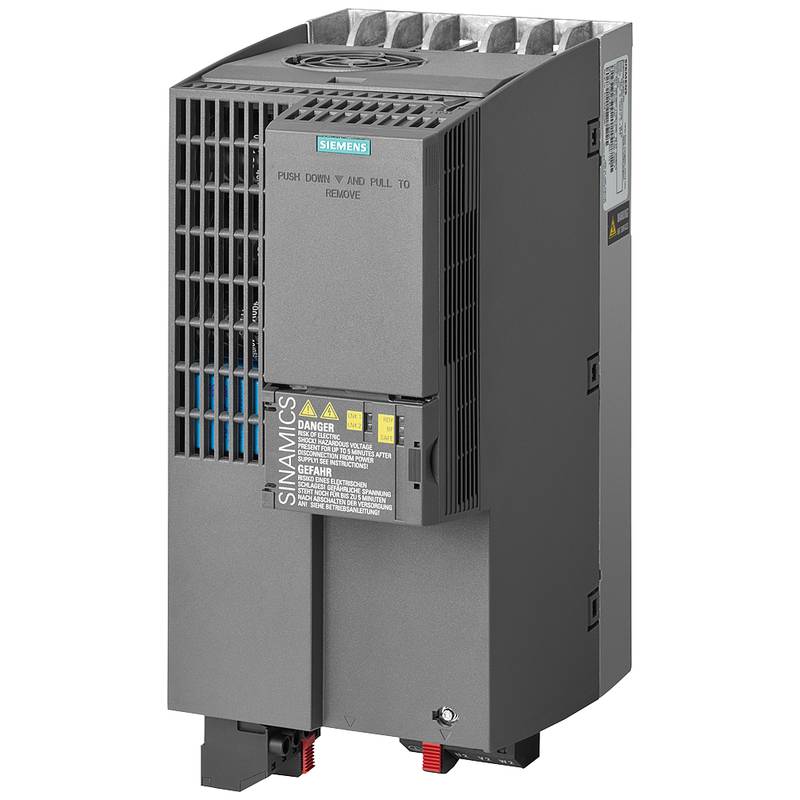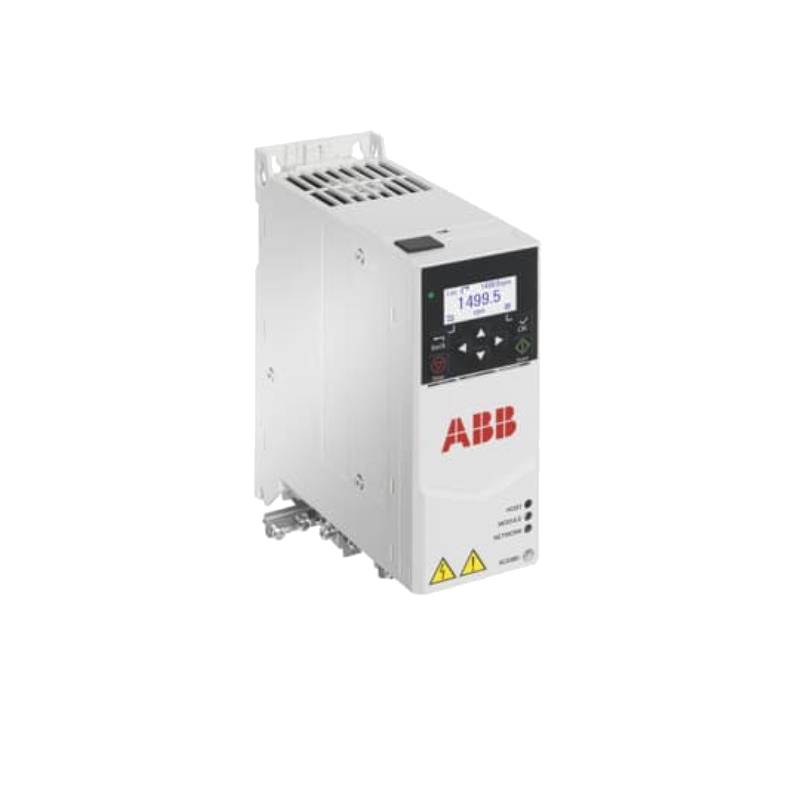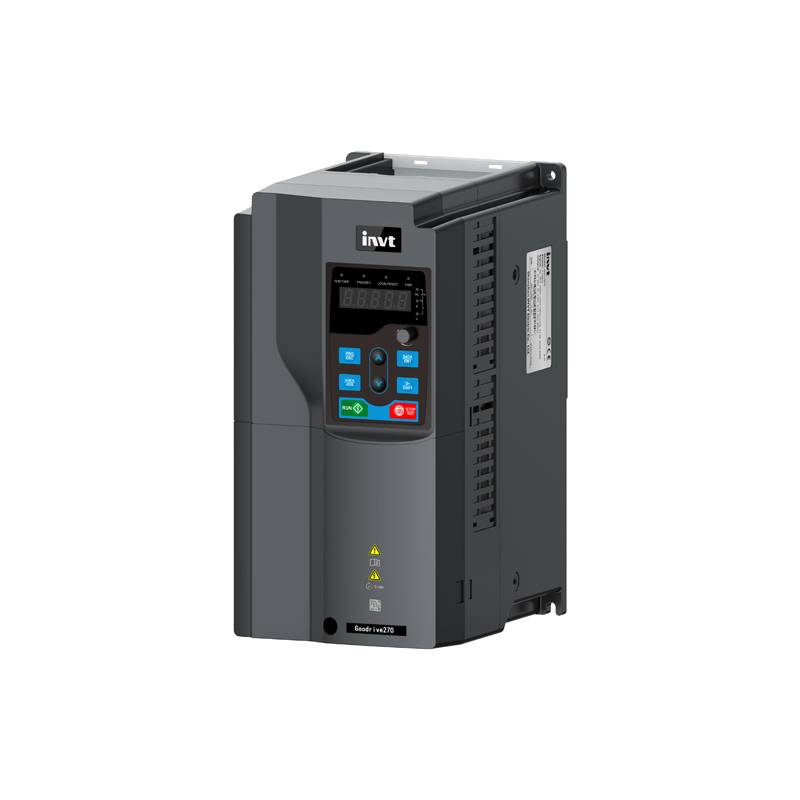
The Siemens S55720-S306 pressure sensor stands as a robust solution for demanding industrial applications, offering exceptional accuracy, reliability, and versatile functionality. Engineered for precise pressure measurement in critical processes, this sensor delivers key advantages through its advanced piezoresistive measuring cell, comprehensive diagnostic capabilities, and robust stainless steel wetted parts. Its core features include a high accuracy of 0.2% full scale, a broad operating temperature range, and multiple output signal options, making it adaptable to diverse control systems. Essential technical parameters encompass a measuring range typically up to 600 bar, a 4-20 mA analog output signal, and an IP65 protection rating, ensuring dependable performance even in harsh environments.
Siemens S55720-S306: Product Specifications
| Parameter | Specification |
| :------------------------ | :------------------------------------------ |
| Measuring Principle | Piezoresistive |
| Measuring Range | Up to 600 bar (specific models vary) |
| Output Signal | 4-20 mA (2-wire) |
| Accuracy | ±0.2% full scale |
| Wetted Parts Material | Stainless Steel (e.g., 316L) |
| Process Connection | G 1/2" male (standard, others available) |
| Operating Temperature | -40 °C to +125 °C |
| Enclosure Protection | IP65 |
| Power Supply | 10-36 V DC |
| Electrical Connection | M12 connector (standard) |
| Media Compatibility | Compatible with stainless steel |
Core Features & Market Positioning
The Siemens S55720-S306 distinguishes itself in the industrial sensor market through its superior build quality and intelligent features. The inherent stability of its piezoresistive technology ensures long-term measurement integrity, a critical factor for process automation and safety. Its market positioning is cemented by Siemens' reputation for reliability and extensive support network, providing users with confidence in system performance and maintenance. Advanced diagnostics, often integrated into Siemens' industrial components, allow for proactive issue detection, minimizing unplanned downtime. This focus on precision and durability makes the S55720-S306 a preferred choice for applications where measurement accuracy directly impacts product quality and operational efficiency.
Key Application Scenarios
This pressure sensor finds extensive utility across various industrial sectors. In the chemical and petrochemical industries, it monitors pressures in reactors, pipelines, and storage tanks, ensuring safe and efficient operation. For the water and wastewater treatment sectors, the S55720-S306 is deployed to manage pump pressures, filter status, and system integrity. The food and beverage industry benefits from its hygienic design potential (depending on specific configurations) and chemical resistance for pressure control in processing and packaging lines. Furthermore, its robust construction makes it suitable for demanding environments in the power generation sector, monitoring steam or hydraulic pressures.
Practical System Integration Guidance
Integrating the Siemens S55720-S306 into existing control systems is straightforward, largely due to its standard 4-20 mA output signal and common M12 electrical connector. For optimal performance, ensure the process connection threads are properly sealed using appropriate thread sealant compatible with the process medium and temperature. Power supply requirements are typically 10-36 V DC for the 2-wire configuration, which should be connected to terminals on the PLC or monitoring device. When connecting the output signal, ensure correct polarity to avoid signal loss or sensor damage. Calibration, if necessary, can often be performed via compatible diagnostic tools or by applying known pressures and adjusting parameters within the control system.
Operation and Risk Mitigation
Safe operation of the Siemens S55720-S306 requires adherence to specified operating ranges for pressure, temperature, and power supply. Over-pressurization beyond the sensor's rated range can lead to permanent damage and potential system failure. Incorrect electrical connections, particularly reversed polarity on the 4-20 mA loop, can disrupt communication or damage the sensor. It is crucial to verify media compatibility with the stainless steel wetted parts to prevent corrosion or material degradation, which could compromise measurement accuracy and sensor integrity. Regular visual inspection for any signs of physical damage or leaks is a fundamental risk mitigation practice.
Scalability & Long-Term Value
The Siemens S55720-S306 offers significant long-term value through its robust design and compatibility with Siemens' broader industrial automation portfolio. Its standardized output signal ensures seamless integration with a wide array of PLCs, SCADA systems, and data acquisition units. While the S55720-S306 itself is a mature product, its integration capabilities support scalability by enabling the addition of more monitoring points or the upgrade of control systems without requiring immediate sensor replacement. This component's reliability contributes to reduced maintenance costs and extended operational life, aligning with the Industrial Internet of Things (IIoT) paradigm by providing foundational data for predictive maintenance and process optimization initiatives.
Frequently Asked Questions (FAQs)
What is the typical pressure range for the Siemens S55720-S306?
The Siemens S55720-S306 pressure sensor generally supports a wide array of measurement ranges, often extending up to 600 bar, catering to high-pressure industrial needs. Specific models within the S55720-S306 series are available with precisely defined maximum pressure limits. Always consult the product's datasheet for the exact range applicable to your specific part number.
The sensor's versatility allows it to be configured for lower pressure applications as well, demonstrating its adaptability. Understanding the operational pressure of your system is crucial for selecting the correct variant. This ensures both accurate readings and prevents over-stressing the sensor.
When selecting a unit, consider peak pressures and potential transient spikes. Choosing a sensor with a range comfortably exceeding the maximum expected operating pressure is a standard engineering practice for reliability.
How do I wire the Siemens S55720-S306 pressure sensor?
The S55720-S306 typically uses a 2-wire 4-20 mA output configuration. Connect the power supply (10-36 V DC) and the output signal to the appropriate terminals on your PLC or monitoring device. Ensure correct polarity; typically, one wire is for positive power and signal, and the other is for the common return.
Refer to the sensor's connection diagram, often found on the device itself or in its manual, for precise pin assignments. Incorrect wiring can lead to no output, erroneous readings, or sensor damage. A loop resistance may also need to be considered for optimal signal transmission over longer distances.
Proper grounding is also important to prevent electrical noise interference and ensure signal integrity. Consult your control system's documentation for specific wiring best practices and any required external components like series resistors if needed.
What are the common applications for the S55720-S306?
This sensor is widely deployed in sectors like chemical processing, oil and gas, and water treatment. It excels in monitoring pressures within pipelines, reactors, and hydraulic systems. Its robustness also makes it suitable for challenging environments in power generation plants.
Its stainless steel wetted parts ensure compatibility with a variety of aggressive media. This makes it ideal for use in corrosive or high-purity applications where material integrity is paramount. Common uses include pump monitoring, filter differential pressure, and level measurement in pressurized tanks.
The sensor's accuracy and reliability are crucial for process control, safety interlocks, and efficiency optimization across these industries. It provides essential data for automated systems to maintain desired operating conditions and alert operators to anomalies.














